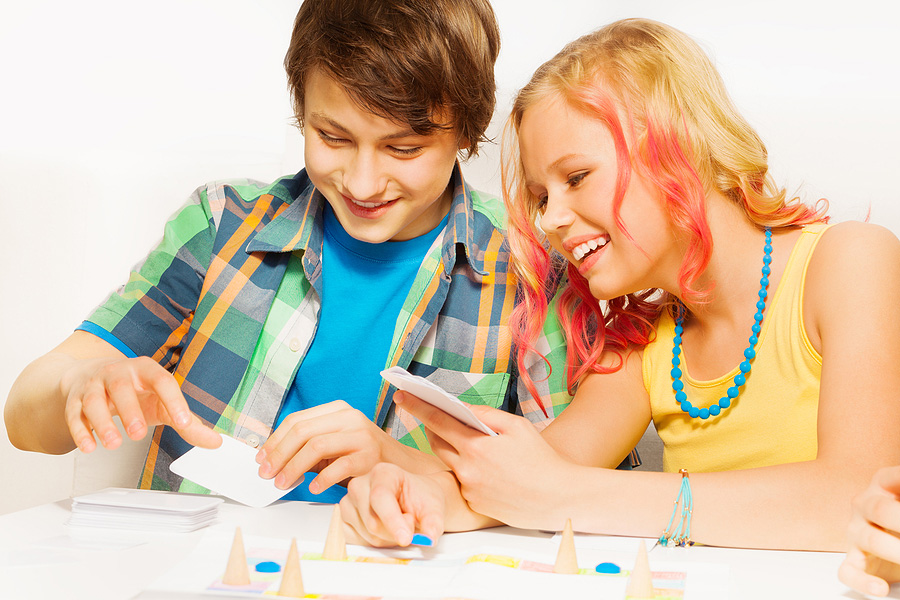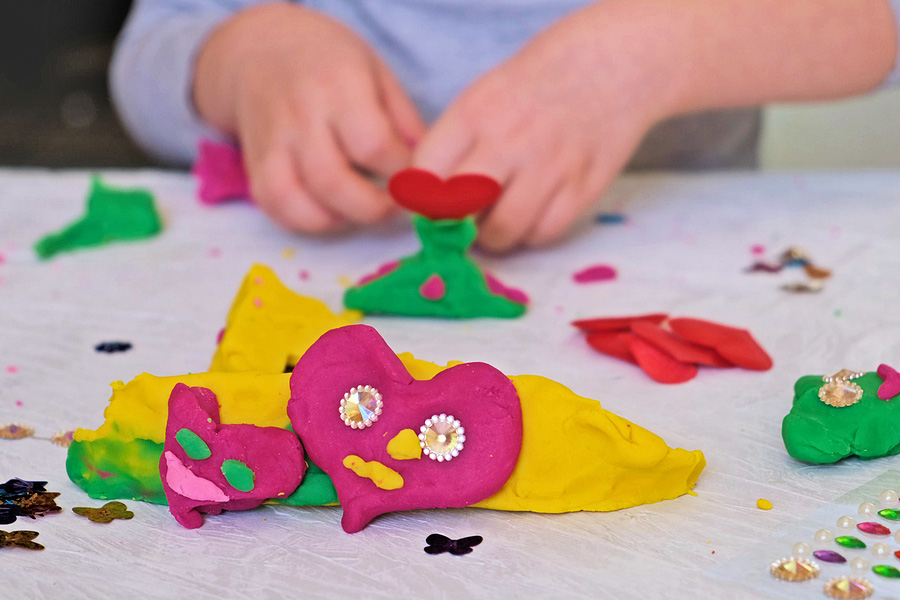Tween Counseling
Preadolescents experience massive developmental changes in puberty with higher cognitive development that facilitates strong emotions and social vulnerability. Suddenly your sweet, snuggly little kid turn into a moody middle schooler seemingly overnight, and sometimes you’re left reeling trying to figure out how to handle their sensitive-yet-insensitive selves.

Activity Therapy
Play is still very important to preteens, although it starts to look a little different, and activities move away from fantasy play to more structured games.
During the tween years, children often feel trapped between childhood and the teen years, which is why Kaleidoscope has a special room for preteens called our Activity Room.
In the Activity Room, Kaleidoscope uses games and interactive activities to take the pressure off. Preteens enjoy both regular board and card games and also specialized therapeutic games. Games can be used to deal with anxiety, power and control issues, self-esteem, relationships, and difficult behaviors.
Specialized therapeutic games address topic areas such as depression, anger, anxiety, aggression, life changes, coping skills and much more.
Kaleidoscope’s therapists can use almost any game to address difficult issues with preteens.

Proprioceptive & Vestibular Input
(aka jumping & shooting hoops)
The mini-trampoline in Kaleidoscope’s Activity Room is a big hit. And the best part is preteens experience it as “FUN.” Little do they know that jumping provides great vestibular and proprioceptive input, supports attention to tasks, and promotes calmness, organization, and self-regulation.
Shooting hoops in our Activity Room allows preteens to talk to their counselor while engaging in a fun activity. During fun activities more regions of their brain are active than any other time — especially the prefrontal cortex, meaning we can create new neural pathways through fun activities better than any other activity — especially impacting impulse control, regulation and goal setting, and goal achievement. During fun activities, tweens are emotionally vulnerable and will reveal themselves and be more open.
Jumping gives both proprioceptive and vestibular input, helping sensory seekers in those areas fulfill their sensory diet. It also helps wake up the system of children whose system are under-reactive.
(Proprioception helps us understand where our body is in relationship to itself, and the vestibular system play an important role in our balance and coordination.)

Expressive Arts Table
During preadolescence, preteens are also developing creative skills. They are moving into using abstract thought as life opens up to endless possibilities.
Our Expressive Arts Table allows plenty of room to address new thoughts and feelings. Using specific art materials, preteens build, sculpt or draw to represent their struggles and find alternative solutions.
Preteens also enjoy using the sand tray and an array of miniatures to represent their “worlds.” Using miniatures provides a feeling that is similar to setting up toys. At the same time, the child is using these miniatures with a few guidelines that make the activity feel challenging.
Sand tray therapy is a great way to allow kids in early adolescence to work through their issues without feeling pressured or judged.
“You mean I can come in here each week and shoot hoops?! You’re way cooler than other counselors.”
